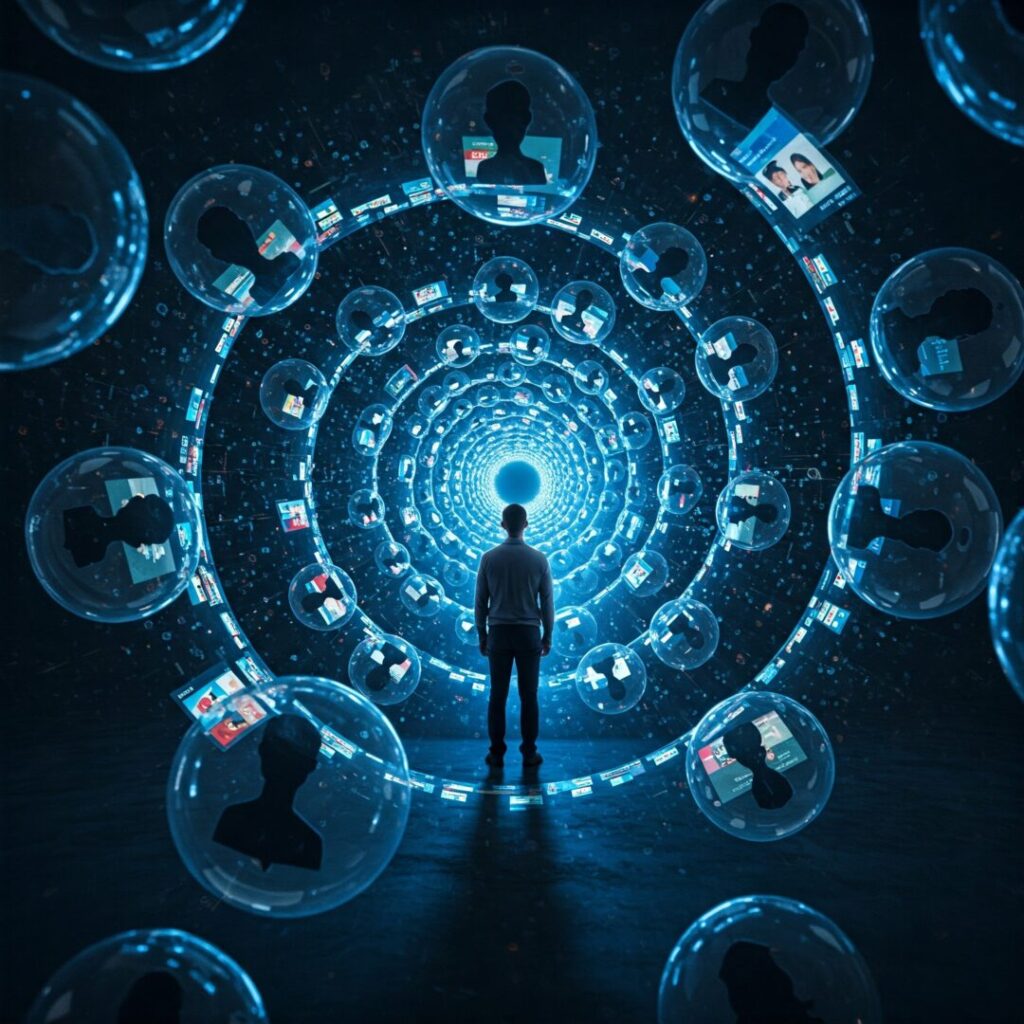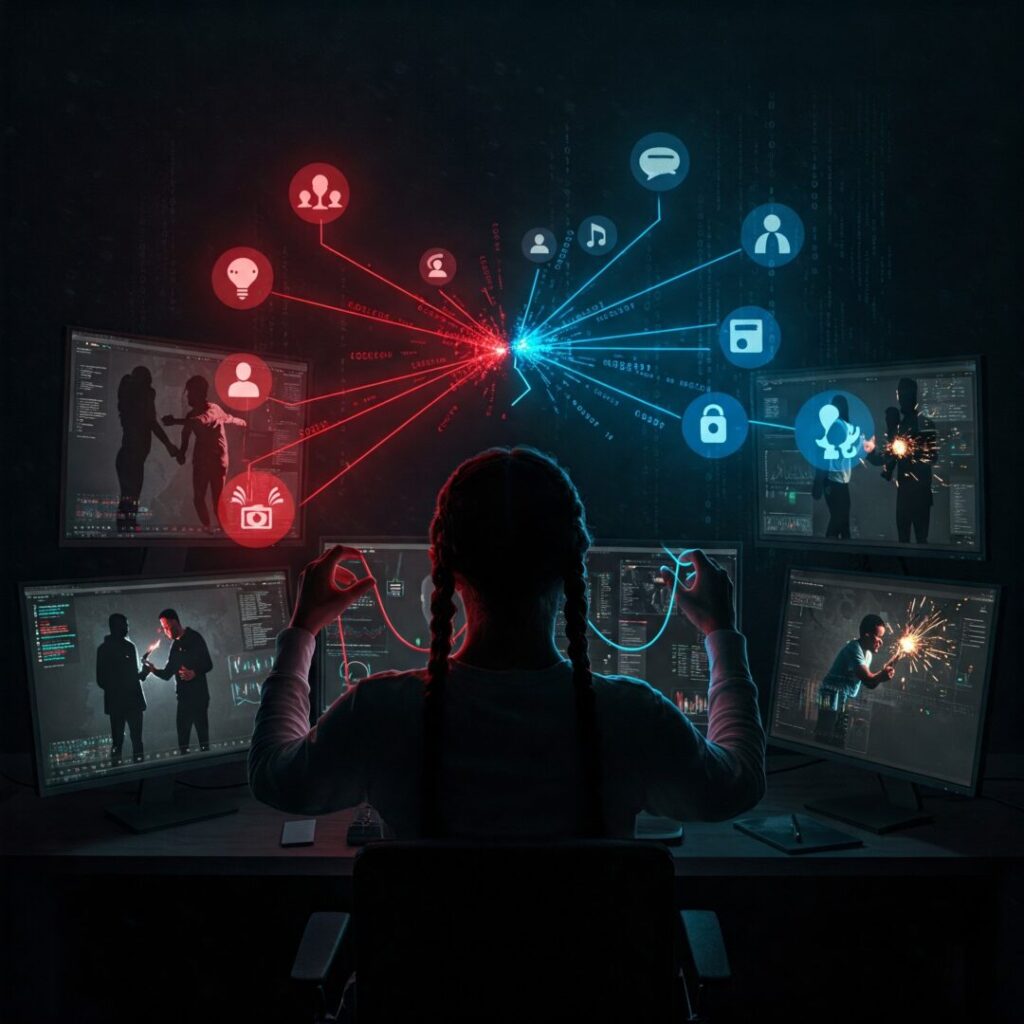Social media has become a ubiquitous part of our lives, connecting us with friends, family, and the wider world. But it’s also become a breeding ground for divisiveness and polarization. Why is this happening?
The Algorithm’s Role
Social media platforms use algorithms to determine what content we see. These algorithms are designed to keep us engaged, and unfortunately, controversial and emotionally charged content tends to do just that. This can create a feedback loop where we’re constantly exposed to more and more extreme views, reinforcing our own biases and making it harder to see the other side.

Echo Chambers and Filter Bubbles
We tend to follow people who share our views, and social media algorithms further personalize our feeds, creating echo chambers and filter bubbles. This means we’re less likely to encounter diverse perspectives and more likely to become entrenched in our own beliefs.
The Speed of Misinformation
False or misleading information can spread like wildfire on social media, often before it can be fact-checked. This can further fuel division and make it difficult to have productive conversations based on shared reality.
The Psychology of Online Interactions
Text-based communication lacks the nuances of face-to-face interaction, making it easier to misinterpret tone and intent. The anonymity of the internet can also embolden people to express extreme views they might not share in person.

Deliberate Manipulation
Unfortunately, there are bad actors who intentionally exploit social media to sow division. This can include coordinated disinformation campaigns, bot networks amplifying extreme viewpoints, and state-sponsored influence operations. It’s Not Just the Algorithm’s Fault.
While these technological and psychological factors play a significant role, it’s important to remember that much of the divisiveness on social media stems from genuine disagreements between people. Social media simply amplifies and exacerbates these existing divisions.
AI in social media
Unfortunately, getting an accurate count of AI-generated posts on social media is extremely difficult, even more so than counting bots. What constitutes an “AI post” is subjective. Does it include content simply suggested by AI, or only content entirely generated by AI? Does using an AI-powered filter on an image count? There is a Lack of transparency on Social media platforms. They don’t explicitly label AI-generated content, and users rarely disclose when they’ve used AI tools. With Rapidly evolving technology AI tools for content creation are constantly improving and becoming more widespread, making it a moving target to track.
However, we can glean some insights from available data and trends:
- Increasing prevalence: A 2024 survey by Capterra found that businesses plan to use AI for 48% of their social media content by 2026, up from 39% in 2024. This suggests a significant rise in AI-generated content.
- Buffer’s analysis: Buffer, a social media management platform, analyzed 1.2 million posts and found that AI-assisted posts had a slightly lower engagement rate than human-created posts. This suggests AI is already being used for a noticeable portion of content.
- Anecdotal evidence: Many users report seeing an increase in generic-sounding posts and comments, possibly indicating AI involvement.
The challenges of identifying AI-generated content.
The rise of AI-generated content on social media presents a complex challenge. As AI writing becomes increasingly sophisticated, blurring the lines between human and machine-authored content, we must grapple with questions of authenticity, creativity, and the potential for manipulation. Can we trust the information we consume online when the source is uncertain? Will AI-generated content lead to a decline in original thought and expression? And how can we safeguard against the use of AI to spread misinformation and propaganda? These are critical questions that demand our attention as we navigate the evolving landscape of social media in the age of artificial intelligence.
While we can’t quantify the exact number of AI posts, it’s clear that AI is playing an increasingly significant role in shaping the content we see on social media. It’s important to be aware of this trend and to approach online information with a critical eye.



